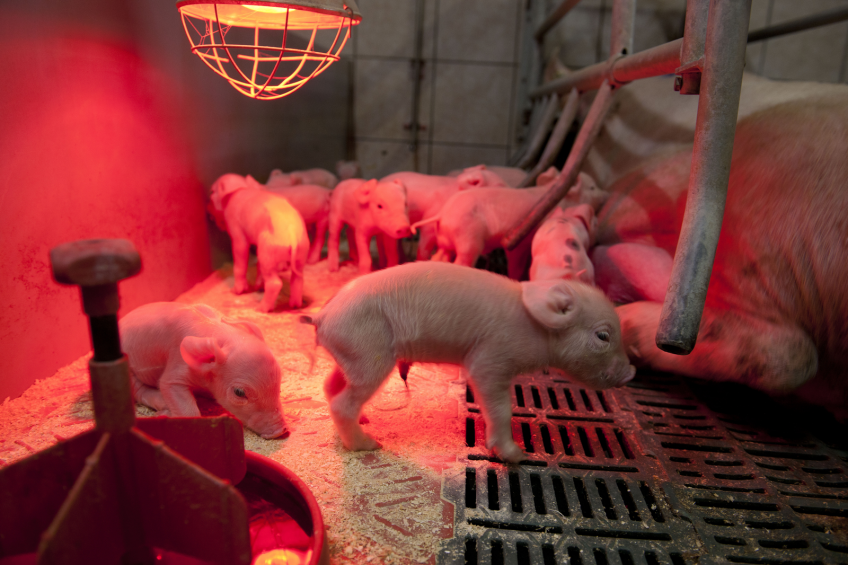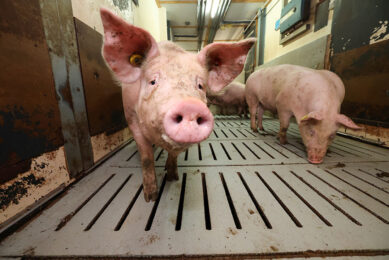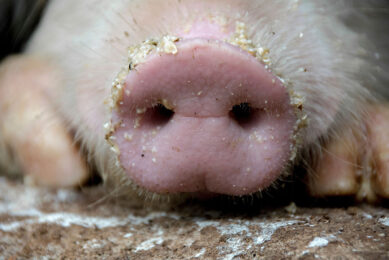Defining the minimum birth weight for piglets

Statistically, piglets with a higher birth weight have better chances of survival. Scientists endeavoured to find out whether there is a cut-off value where survival is jeopardised. Their advice: pay extra attention to any piglet below 1.13 kg.
The fate of neonatal piglets is increasingly becoming a welfare issue in some countries. This is because the development of breeding highly prolific sows has had one downside: high litter sizes often mean that the number of weak piglets is also higher. This could lead to higher pre-weaning mortality rates at worst – or, should they survive, to relatively many poor-doers on-farm. It therefore becomes increasingly relevant to identify the weakest piglets right from the start, in order to give them extra support when they need it most.
It’s no rocket science that piglets having a low birth weight generally score worse, e.g. by having a lower chance of surviving, on top of achieving a reduced daily gain, reduced pork quality and increased feed conversion rate. The low birth weight, however, intrigued Jan Jourquin at Elanco Animal Health, as when exactly should a birth weight be qualified as ‘low’? With that question, researchers did a range of quantitative trials in both Europe and the United States to figure out if a cut-off value could be calculated. This, in turn would help to predict survival chances and growth potential, independent of litter size and farm.
Results from trials in US and Europe
Jourquin presented the results of Spanish trials, at the International Pig Veterinary Society (IPVS) Congress in Dublin, Ireland, in June 2016. In cooperation with PigChamp Pro Europa, Spain, researchers followed 2,331 litters from 178 litters from birth to slaughter or moment of death on three farms in Spain. A considerable amount of data surrounding the life (or death) of these piglets were recorded.
On average, litter size was found to be 14.3 piglets, of which 13.1 were liveborn. Average birth weight was 1.46 kg. Total mortality was found to be 17.5%. The weight of 1.13 kg was found to be a clear breaking point when it comes down to pre-weaning survival chances, also see Figure 1. Below this weight, piglets on average had a 58% chance of survival; above this weight, the survival chances were 92%.
Predicted Pre-wean Mortality by Birth Weight

Jourquin pointed to fairly similar recent research in the US, carried out by Kansas State University, where a cut-off point of roughly 1.11 kg came out. These data were presented at the recent midwestern meeting of the American Society of Animal Science (ASAS), in Des Moines, IA, United States.
Join 18,000+ subscribers
Subscribe to our newsletter to stay updated about all the need-to-know content in the pigsector, three times a week. Beheer
Beheer










 WP Admin
WP Admin  Bewerk bericht
Bewerk bericht